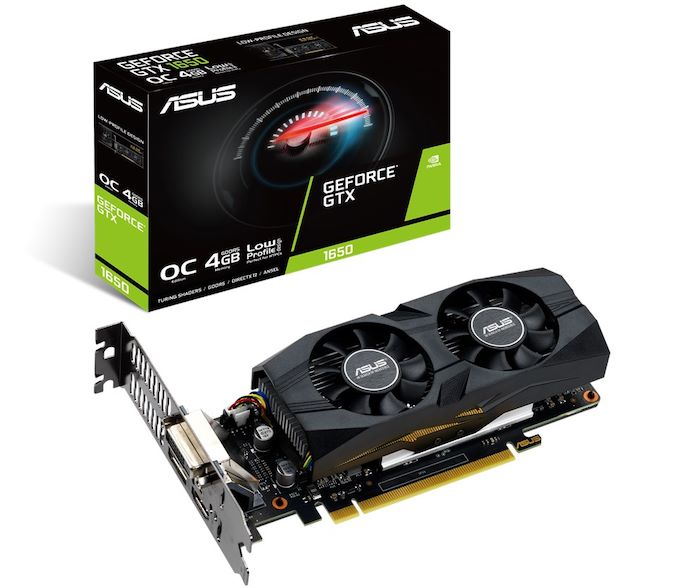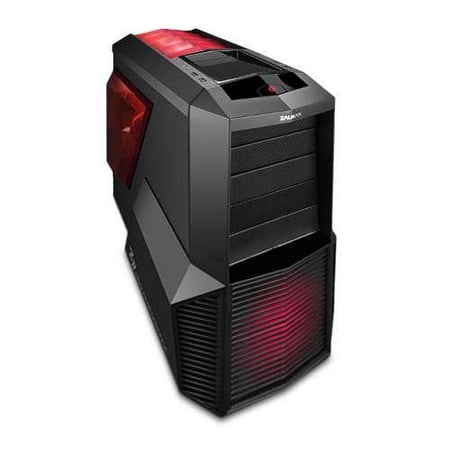Micro Atx Case 5 Expansion Slots
Posted By admin On 07.06.20A slim or low profile computer case is narrower in dimension or has lesser width and can accommodate only mini-ITX or up to micro-ATX motherboards. These slim cases also have limited expansion slots and generally you can only fit low profile expansion cards in them whether it is a graphics card, sound card or any other card. And above all, a 30 cm VGA card mounted on micro-atx motherboard is possibly the worst choice ever hence the fact that these boards are basically aimed at been mounted on cases that don't have much internal space (mid towers, game/lanboxes etc). How many expansion slots does a micro atx board support? On an ATX motherboard, the CPU will be placed above and parallel to the expansion slots, towards the top of the case. On an AT or Baby. Best Price Guarantee We offer the best price for Silverstone Precision Series PS14 Black Window Case,USB, 3.0, 2x 2.5' drive bays, 5.25' bay, supports 7 expansion slot, supports ATX/Micro ATX SST-PS14B-W in Dubai, UAE. Buy now with the best price! Check out our list of best micro ATX cases available in 2019 for all budgets. Also, read reviews from smallest mATX cases to those having most space for high-end components. With three 3.5″ drives, three 2.5″ drives, four PCI expansion slots, graphics card upto 290mm, PSU upto 225mm and 9 cooling fans, the Corsair Carbide Air 240 offers.
ATX motherboard size comparison; rear is on left.microATX (sometimes referred to as μATX, uATX[1] or mATX)[2] is a standard for motherboards that was introduced in December 1997.[3] The maximum size of a microATX motherboard is 9.6 × 9.6 in (244 × 244 mm). The standard ATX size is 25% longer, at 12 × 9.6 in (305 × 244 mm).
Currently available microATX motherboards support CPUs from VIA, Intel or AMD.
The recommended PSU for this card is 300W. Power consumption of this card is on the lower side too and it draws all its power form the PCI-E x16 slot. 
Backward compatibility[edit]

microATX was explicitly designed to be backward-compatible with ATX. The mounting points of microATX motherboards are a subset of those used on full-size ATX boards, and the I/O panel is identical. Thus, microATX motherboards can be used in full-size ATX cases. Furthermore, most microATX motherboards generally use the same power connectors as ATX motherboards,[4] thus permitting the use of full-size ATX power supplies with microATX boards.
microATX boards often use the same chipsets (northbridges and southbridges) as full-size ATX boards, allowing them to use many of the same components. However, since microATX cases are typically much smaller than ATX cases, they usually have fewer expansion slots. Video poker machine free play.
Expandability[edit]
Most modern ATX motherboards have a maximum of seven PCI or PCI-Express expansion slots, while microATX boards only have a maximum of four (four being the maximum permitted by the specification). In order to conserve expansion slots and case space, many manufacturers produce microATX motherboard with a full range of integrated peripherals (especially integrated graphics), which may serve as the basis for small form factor and media center PCs. For example, the ASRockG31M-S motherboard (pictured right) features onboard Intel GMA graphics, HD Audio audio, and Realtek Ethernet (among others), thus freeing up the expansion slots that would have been used for a graphics card, sound card, and Ethernet card. In recent years, however, it is common even for ATX boards to integrate all these components, as much of this functionality is contained in the typical northbridge/southbridge pair. With the 'must-have' functions already present on the motherboard, the need for having many expansion slots has faded, and adoption of microATX has increased even to be used in ATX cases.
Slim Micro Atx Case
In the DIY PC market, microATX motherboards in general are favored by cost-conscious buyers, where cost savings for the equivalent feature sets outweigh the added expandability of extra PCI/PCI Express slots provided by the full ATX versions. Since 2006, dual-GPU configurations became possible on microATX motherboards for high-end enthusiast gaming setups, further reducing the need for full ATX motherboards.[5]
In addition, some microATX cases require the use of low-profile PCI cards[6] and use power supplies with non-standard dimensions.[7]
Compared to Mini-ITX, microATX motherboards have a maximum of four expansion slots and four DIMM slots, as opposed to the single expansion slot and two DIMM (or SO-DIMM[8]) slots on Mini-ITX motherboards. This means that microATX allows dual-graphics card and quad-channel memory configurations.[9]
References[edit]
- ^Ganesh T S (30 October 2015). 'ASRock Rack Launches Xeon D Motherboards'. AnandTech.
- ^Branton. 'mATX vs ATX motherboard – What should you use for your gaming PC?'. PC Game Haven. Retrieved 2018-02-11.
- ^Mueller, Scott (2003). Upgrading and Repairing PCs. Pearson Education. p. 211. ISBN978-0-7897-2974-3.
- ^As of 2007, most motherboards follow the ATX12V 2.2 specification, which provides for a 24-pin main power connector, and a 4-pin auxiliary connector.
- ^'EVGA - Community - Introducing the NF44'. EVGA Corporation. Retrieved 15 March 2015.
- ^'SilverStone Technology Co., Ltd.- INTRODUCTION:ML03'. SilverStone Technology. Retrieved 15 March 2015.
- ^'Cooler Master: Mini 210'. Cooler Master. Retrieved 15 March 2015.
- ^'ASRock > Q1900B-ITX'. ASRock. Retrieved 4 April 2015.
- ^'Head 2 Head: Mini-ITX vs. MicroATX Systems'. Maximum PC. 11 February 2015. Retrieved 15 March 2015.